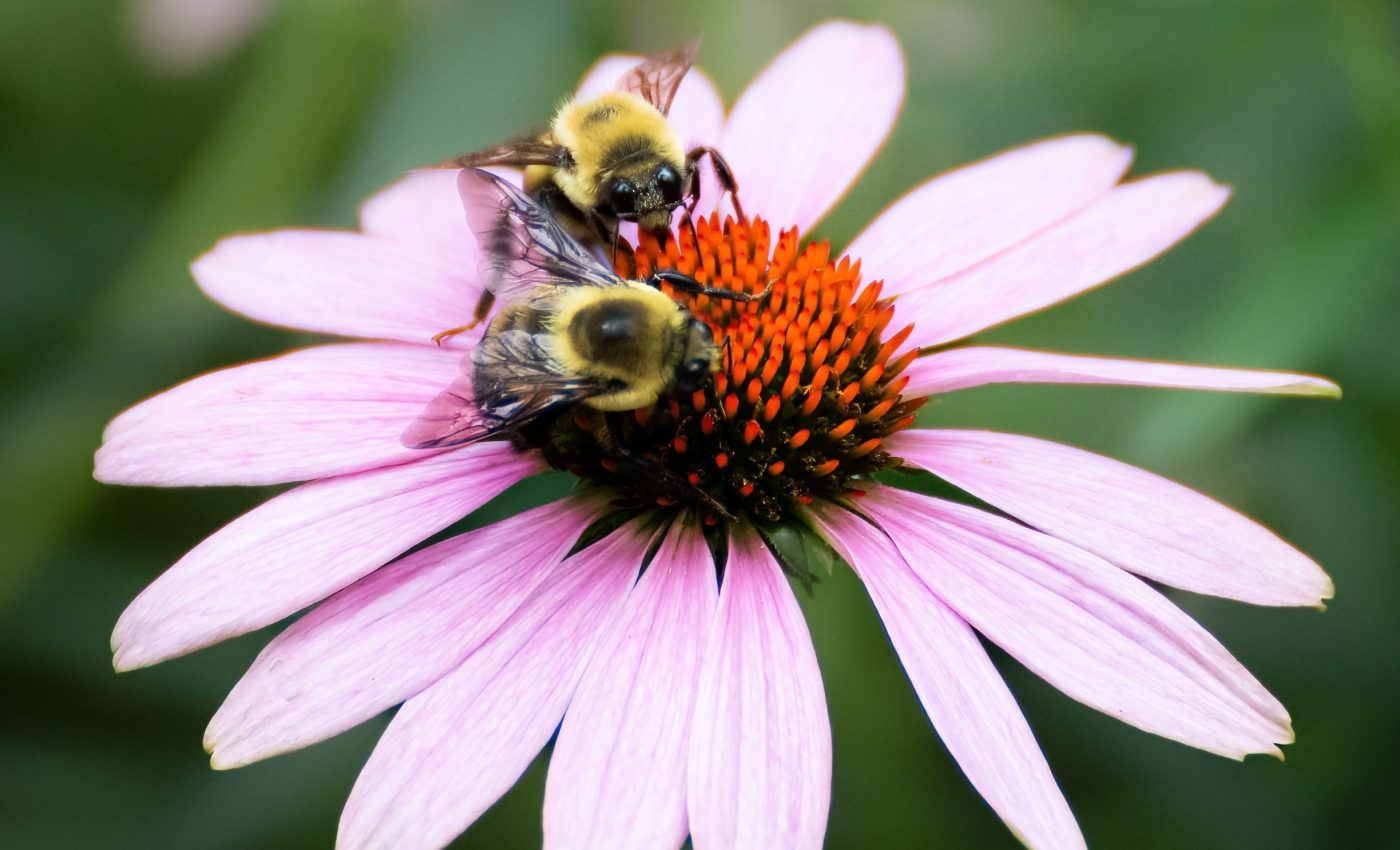
Bees spread positive emotions just by watching each other
Bumble bees are often seen as basic, instinct-driven insects – hardly the type to transmit anything resembling emotion. But new research is challenging that view.
The study shows that bumble bees learn fast, read situations well, and adjust behavior with surprising ease.
The research also reveals a form of emotional transfer that shapes how one insect responds to another. The findings provide a new perspective on how these small animals sense each other and respond.
Do bees transfer emotions?
Emotional contagion appears in many social animals. One individual shifts mood, and another reacts. This helps groups move together.
Scientists at Southern Medical University in China wanted to know whether insects experience something similar. Bumble bees seemed to be an ideal candidate for exploring this question.
Bumble bees live in crowded colonies and make rapid decisions throughout the day. Their survival depends on reading cues from other bees, making emotional transfer a real possibility.
Training bumble bees
The researchers began with simple training. A bee learned that one flower color signaled the presence of sugar, while another color did not. The lesson stuck after a few visits.
Once the bees understood the pattern, some entered a positive state. These upbeat insects acted as demonstrators. Another insect watched one of them and then faced a new test with unfamiliar flower colors.
These colors were intentionally ambiguous – falling between reward and no reward. Observers moved toward them more quickly and showed greater interest, suggesting they had picked up the demonstrator’s expectation.
How bees share emotion
The team wanted to know how this emotional shift passed from one insect to another. They removed touch and scent from the equation. Only vision remained, yet the effect still appeared.
The observer changed behavior after a short look at the demonstrator. A slight tilt of the body or a specific movement carried enough information to influence the next action. The entire exchange was brief, but the impact was clear.
The results raise new questions about the limits of small brains. The insects did not mimic actions blindly. They adjusted decisions based on a brief social moment.
This kind of response helps a colony adapt to rapid change in the environment. It may guide foraging choices or help protect the nest when danger rises.
Social cues may even help the colony conserve energy by avoiding wasted effort on empty rewards.
How mood shapes groups
The study paints a picture of insects that read each other with subtlety. An observer watched a confident partner and then behaved with a similar outlook.
This quick transfer may support smoother coordination during foraging flights. Imagine dozens of insects reacting to one confident explorer. That kind of ripple could help the group locate resources faster.
The research also shows that hope can spread within a colony, even without direct contact.
These findings open a new line of inquiry about insects that rely on visual signals. Many species face crowded conditions and make split second choices. A small shift in one individual’s manner might shape a whole group’s direction.
Researchers now have reason to test this idea in ants, wasps, and other pollinators. These species also move as groups and respond to subtle changes in partners. Emotional transfer may appear in more insects than anyone expected.
How bees sense emotions
The study also encourages a fresh look at insect communication. We usually focus on scent trails or complex dances. The new results highlight simple visual cues – a tilt, pause, or a pattern of movement.
These signals may shape choices more often than we assumed. Insects may not understand emotion the way humans do, but they still react to shifts in outlook.
The work challenges the idea that emotion-like processes need large brains. A tiny brain still manages quick social reading and adjusts decisions after a moment of observation. The picture that emerges is practical and grounded in survival.
Bumble bees watch each other and pick up cues fast. They respond in ways that support the colony.
This research expands our view of what small creatures can do. It also reminds us that the natural world holds many surprises, even in its smallest citizens.
The study is published in the journal Science.
—–
Like what you read? Subscribe to our newsletter for engaging articles, exclusive content, and the latest updates.
Check us out on EarthSnap, a free app brought to you by Eric Ralls and Earth.com.
—–













